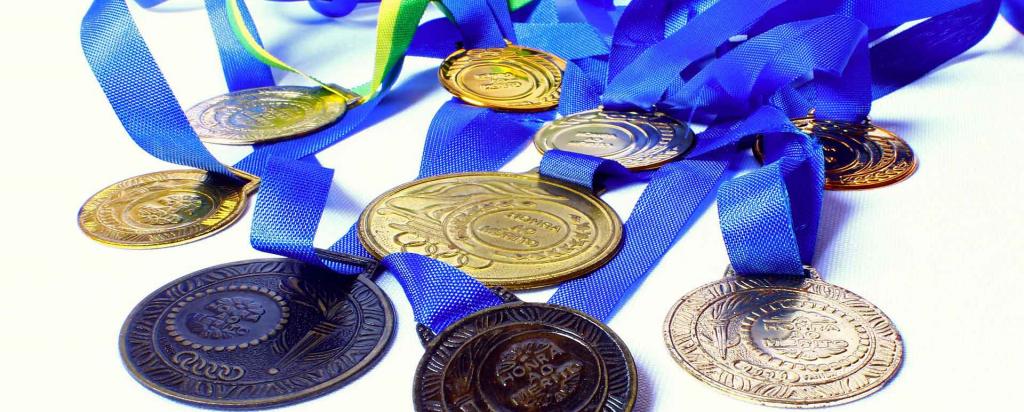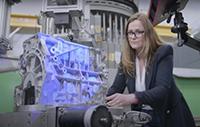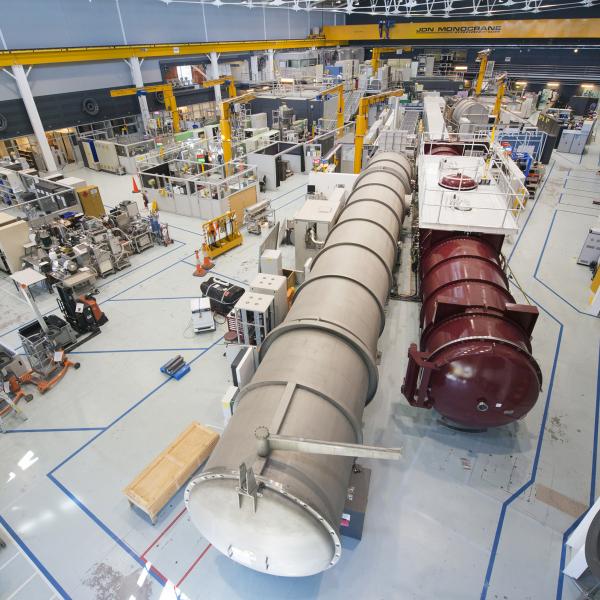

Published on the 13th November 2020 by ANSTO Staff
The annual awards in neutron scattering have been announced at the virtual Australian Neutron Beam Users Group (ANBUG) and AINSE Neutron Scattering Symposium (AANSS) today.
All recipients have strong connections with ANSTO.
Prof Tracy Rushmer, the President of ANBUG, introduced award winners, who each delivered a presentation at the symposium.

ANBUG Career Award: Professor John White, ANU
Prof White began his neutron scattering career in Europe in the 1960s, where the most exciting developments were taking place at the time. Within ten years he had risen to the top of the leadership in the field.
While Prof White was not physically present in Australia for its first wave of neutron scattering developments associated with the HIFAR reactor, he became closely engaged with both the facility and community immediately upon his return in 1985 when he was appointed Professor at the Australian National University.
Prof White was largely responsible for introducing small-angle neutron scattering and neutron reflectometry as experimental techniques to the Australian chemistry, biology and physics communities. He led the charge to build the AUSANS instrument at HIFAR and pushed strongly for the development of a reflectometer there.
He organised a crucial access deal for Australian scientists to access ISIS Neutron and Muon Source in the UK, negotiating financial contributions from ANSTO, CSIRO, the Australian Research Council, AINSE and participating universities. This arrangement provided Australian researchers with access to the most powerful spallation neutron source.
The case for the OPAL reactor in its final form, as developed by ANSTO, was appraised by an Australian Academy of Science committee led by Prof White.
Subsequently, Prof White was instrumental in the development of the neutron scattering capabilities at the OPAL reactor participating in numerous groups and committees.
Over the last 30 years, Prof White has been the most politically influential and effective advocate for neutron scattering to government through his roles as a Fellow of the Australian Academy of Science, President of the Royal Australian Chemical Institute and President of the Australian Institute of Nuclear Science and Engineering (AINSE).
More recently, Prof White has been a significant driver in building an Asia-Oceania neutron scattering community to the mutual benefit of all its member countries.
Through a combination of his exemplary science and his promotion of neutron techniques, Prof White has been responsible for launching the careers of a large part of the current generation of Australian neutron scatterers. University departments, ANSTO and other neutron laboratories throughout the world are populated with John’s former students, and postdocs and others whom he informally mentored over the last 30 years.

ANBUG Neutron Award: Professor Anna Paradowska, ANSTO/USYD
Prof Anna Paradowska works as a scientist but is an engineer by heart and education. She has a PhD in Mechanical Engineering from Monash University (2008) and an MSc degree in Materials Science Engineering from Wroclaw University of Technology (2001), Poland.
Anna is an international expert in neutron diffraction stress analysis, which she uses for advanced manufacturing procedures, in particular, additive manufacturing and welding.
The primary goal of her research is to relate residual-stresses, mechanical and metallurgical properties to manufacturing procedures and integrity requirements of engineering components.
Currently, Anna holds Co-joint position as a Professor in Advanced Structure Materials and an Industrial Engagement Manager at Australian Centre for Neutron Scattering (ACNS) at ANSTO.
Before this appointment, she was working at ISIS Rutherford Appleton Laboratory, UK (2007-11) and the Kowari strain scanner at ANSTO (2011-14).
Prof Paradowska has pioneered industrial engagement at ANSTO’s Australian Centre for Neutron Scattering (ACNS) utilising neutron scattering techniques to solve industry problems.
Her goal is to support Australian and global industry through building long-term collaborations and partnerships with universities, other research organisations, and businesses. She has been involved in acquiring international and local industry focus grants, such as the Australian Research Council (ARC). The total value of those grants exceeds $20 million over her relatively short a career, which spans just over a decade since receiving her PhD.
She also provides training and mentoring to the next generation of scientist and engineers in the use of large scale scientific infrastructure.
She has an exceptional publication record, which includes a book, two book chapters and over 150 papers in scientific journals and conference proceedings.
She has won several grants and publication awards both in Australia and overseas. She actively serves on several national and international advisory and review committees.
Anna is passionate about building bridges between science and industry with a proactive focus on the promotion of neutron science. Anna participates in various STEM programs and is an enthusiastic supporter and mentor of women in science and engineering.

ANBUG Young Scientist Award: Dr David Cortie, University of Wollongong
Dr David Cortie obtained his PhD in physics from the University of Wollongong in 2013. He then undertook postdoctoral work at the University of British Columbia, the Australian National University and ANSTO.
In 2017, he returned to the University of Wollongong and was awarded an Australian Research Council Discovery Early Career Research Fellowship.
His research focuses on the interplay between structure, dynamics and magnetism in quantum materials. He uses polarised neutron scattering techniques to investigate materials ranging from large bulk crystals down to nanostructures.
Dr Cortie was awarded the Postgraduate Student AINSE Gold Medal in 2014 for excellence in research supported by AINSE. He has continued to make significant contributions in applying neutron scattering techniques to the emerging fields of nanostructures and thin films.
Dr Cortie has published neutron scattering papers with a network of collaborators in Australia, Taiwan, China, Germany, and Canada. He has published over 65 peer-reviewed journal articles.
A rising star in the field of neutron scattering while still at a relatively early stage in his career, he has shown both great potential and capability as one of the future leaders in the field of neutron scattering in Australia.

ANBUG Outstanding PhD Prize: Dr Damian Goonetilleke, UNSW
Damian Goonetilleke completed his PhD in Chemistry at the University of New South Wales (UNSW) under the supervision of Assoc Prof Neeraj Sharma. His PhD project focussed on in operando structural characterisation investigations of materials for energy storage.
He is currently a postdoctoral researcher at the Battery and Electrochemistry Laboratory (BELLA), part of the Karlsruhe Institute of Technology, where he investigates cathode materials for Li-ion batteries.
Damian’s PhD thesis explored the use of in situ methods to investigate the structural changes and reaction mechanisms occurring within functional electrochemical devices during their operation.
He has shown tenacity and perseverance to work with difficult samples and data and to extract valuable meaning from them.
His work carried out using neutron scattering techniques demonstrates its effectiveness for improving the performance of existing devices and providing intuition for the development of new devices and materials for energy storage.

